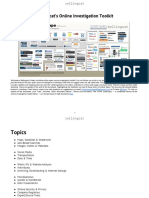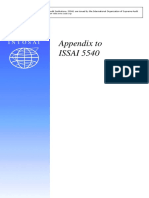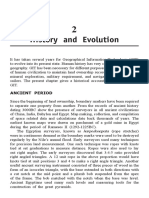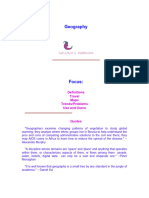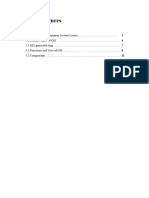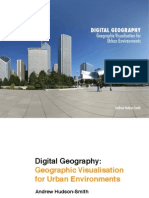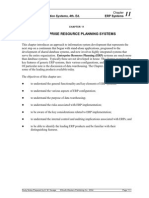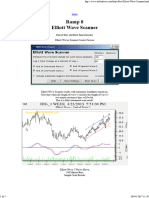0% found this document useful (0 votes)
8 views12 pagesLecture-1-2 Introduction To Geospatial Technology
Geospatial technologies encompass a range of tools for geographic mapping and analysis, evolving from early cartography to modern systems like GIS, GPS, and remote sensing. These technologies enable the collection, storage, and visualization of geospatial data, facilitating applications in various fields such as humanitarian efforts and environmental monitoring. Notable platforms like Google Earth and Bhuvan provide user-friendly access to geospatial information, enhancing public engagement and data sharing.
Uploaded by
annu22274Copyright
© © All Rights Reserved
We take content rights seriously. If you suspect this is your content, claim it here.
Available Formats
Download as PPTX, PDF, TXT or read online on Scribd
0% found this document useful (0 votes)
8 views12 pagesLecture-1-2 Introduction To Geospatial Technology
Geospatial technologies encompass a range of tools for geographic mapping and analysis, evolving from early cartography to modern systems like GIS, GPS, and remote sensing. These technologies enable the collection, storage, and visualization of geospatial data, facilitating applications in various fields such as humanitarian efforts and environmental monitoring. Notable platforms like Google Earth and Bhuvan provide user-friendly access to geospatial information, enhancing public engagement and data sharing.
Uploaded by
annu22274Copyright
© © All Rights Reserved
We take content rights seriously. If you suspect this is your content, claim it here.
Available Formats
Download as PPTX, PDF, TXT or read online on Scribd
/ 12











